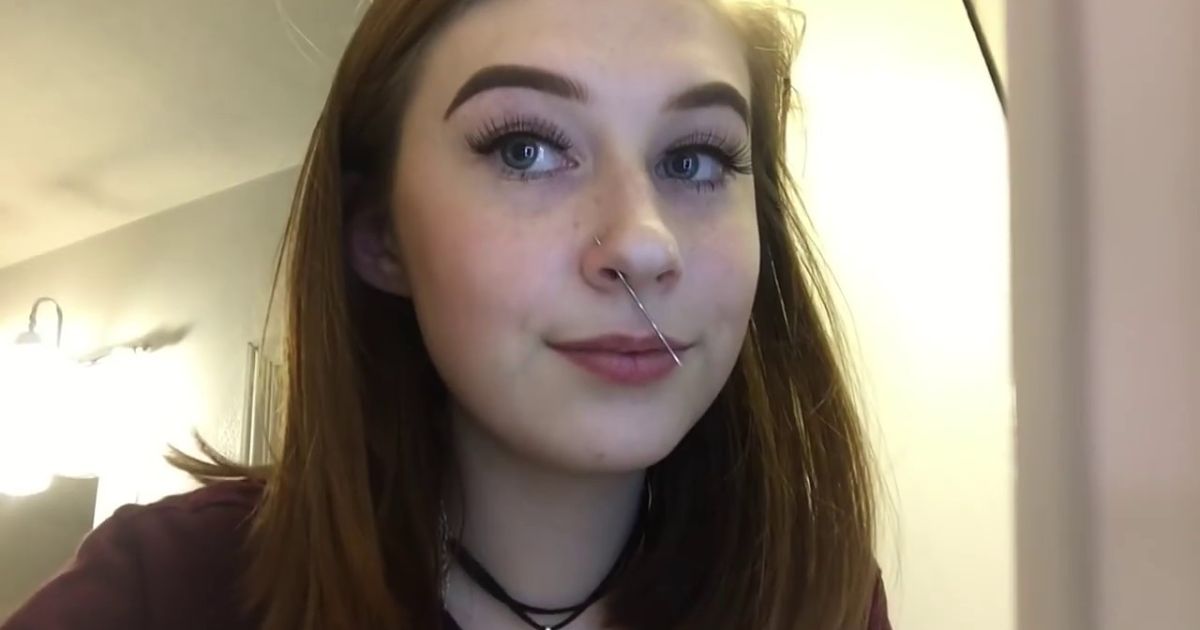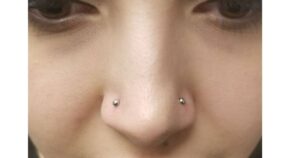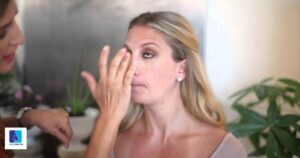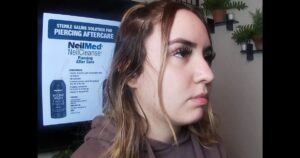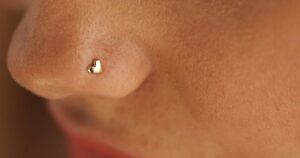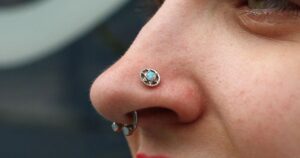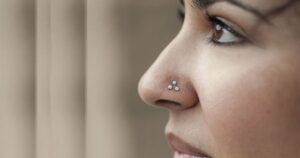Piercing your nose is more than just a fashion statement; it’s a form of self-expression that has been practiced for centuries across various cultures. While getting pierced by a professional is the safest option, circumstances may arise where you find yourself contemplating doing it at home. Before you dive into this decision, it’s crucial to understand the process, risks involved, and how to proceed safely.
Imagine showcasing your unique style with a chic nose piercing that you accomplished in the comfort of your own home. Exciting, isn’t it? But hold your horses; before you grab that needle, let’s delve into the ins and outs of DIY nose piercing.
How to Pierce Your Nose Safely at Home
1. Prepare Your Tools and Workspace
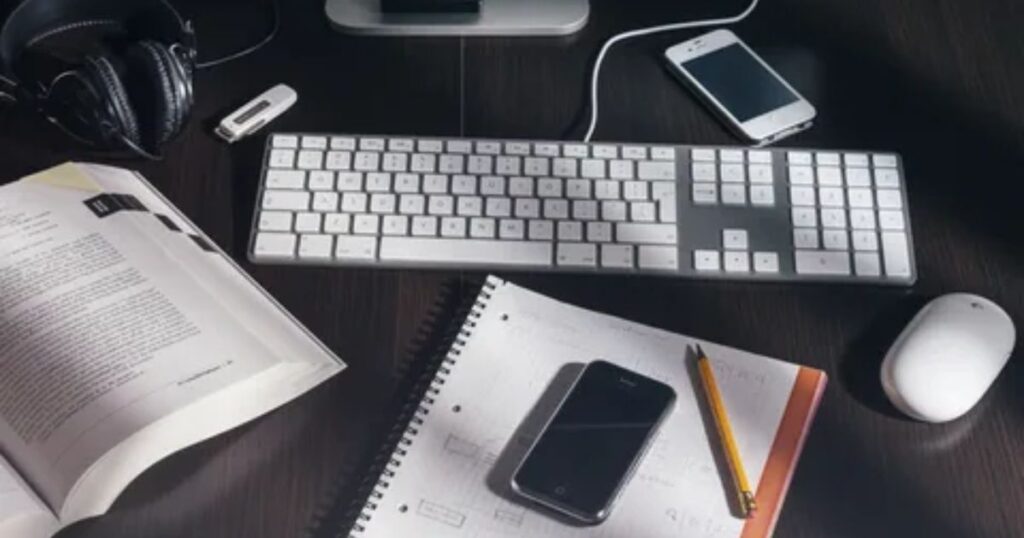
Gather your supplies: a sterilized needle, rubbing alcohol, cotton balls, a marking pen, and jewelry specifically designed for initial piercings. Ensure your workspace is clean and well-lit. Consider laying down a disposable surface for added hygiene.
2. Mark Your Piercing Spot
Using the marking pen, carefully pinpoint where you want your piercing. Take your time and ensure it’s precisely where you desire. Remember, once you pierce, there’s no turning back.
3. Sterilize Everything
Before proceeding, sterilize your needle by wiping it down with rubbing alcohol. Cleanse your hands thoroughly with soap and water. This step is crucial to prevent infections.
Piercing Process
A. Numbing the Area:
Some opt to ice the area to minimize discomfort. However, be cautious not to numb it excessively, as it may impair your judgment during the piercing.
B. Piercing Technique:
Hold the needle firmly and steadily insert it through the marked spot in one swift motion. Expect some discomfort or pain, but if it becomes unbearable, stop immediately.
C. Inserting the Jewelry:
Once the needle is through, swiftly follow it with the jewelry. Be gentle and avoid forcing it. If you encounter resistance, remove the jewelry and seek professional assistance.
Aftercare
A. Cleaning Routine:
Maintain proper hygiene by cleaning the pierced area twice a day with a saline solution or mild soap and water. Avoid touching the piercing with unwashed hands.
B. Avoid Irritants:
Steer clear of harsh chemicals, makeup, or skincare products near the piercing site. These can cause irritation and delay the healing process.
C. Monitor for Infection:
Keep an eye out for signs of infection, such as excessive swelling, redness, or discharge. If you suspect an infection, seek medical attention promptly.
Additional Tips

- Stay calm throughout the process; anxiety can make it more challenging.
- If in doubt, consult a professional piercer.
- Patience is key; proper healing takes time, typically several weeks to months.
How To Numb Your Nose At Home Without Ice
Want to numb your nose before piercing, but don’t have ice? No worries! You can try a few simple tricks using items you might already have at home. One option is to apply a numbing cream or gel to the area. These products contain ingredients like lidocaine that help dull sensation. Just follow the instructions on the packaging for safe use. Another method is to use a cold compress. Wrap a clean cloth around some frozen vegetables or a cold pack, and gently press it against your nose for a few minutes.
Before attempting any DIY numbing methods, it’s essential to consider potential risks and consult with a healthcare professional if you have any concerns. Some people may have allergies or sensitivities to certain numbing agents, so it’s crucial to test a small area of skin before applying them more extensively. Be cautious not to over-numb the area, as this can impair your ability to gauge pain levels accurately and may lead to complications during the piercing.
Can You Pierce Your Own Nose With An Earring
Yes, you can technically pierce your own nose with an earring, but it’s not recommended. Earrings are not designed for piercing and may not be sharp enough to penetrate the skin effectively. Additionally, using an earring increases the risk of infection due to improper sterilization. It’s crucial to use proper piercing needles and sterile equipment to minimize the risk of complications. If you’re considering nose piercings for 13-year-olds, it’s important to prioritize safety and consult with a professional piercer for a safe and hygienic experience.
Professional piercers undergo training and use sterile equipment to ensure safe and hygienic piercings. Attempting to pierce your nose with an earring can lead to pain, infection, and potentially permanent damage. For a safe and successful nose piercing, it’s best to seek the expertise of a professional piercer who can provide proper care and guidance throughout the process.
Diy Nose Piercing Kit
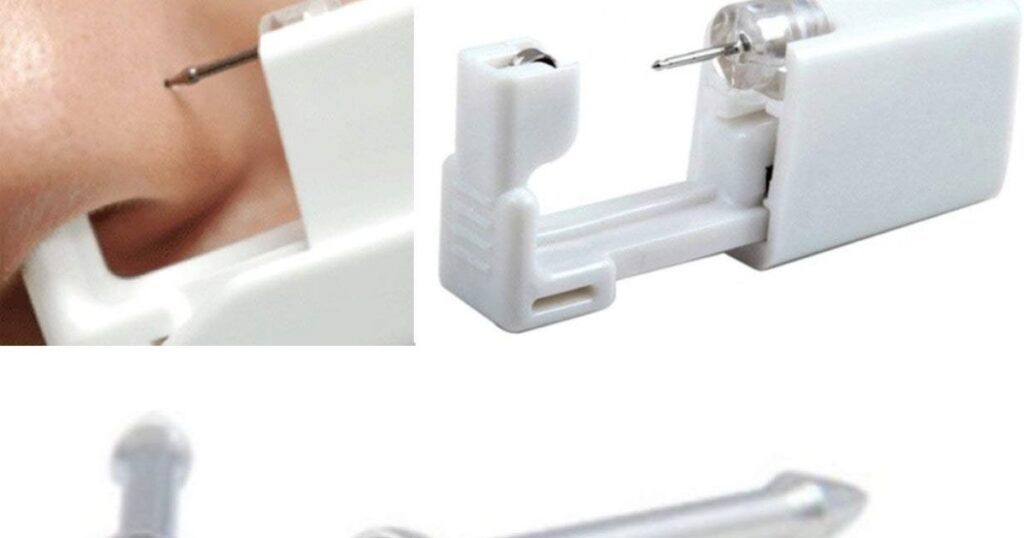
| Item | Description |
| Sterilized Needle | A hollow needle specifically designed for piercing. |
| Rubbing Alcohol | Used for sterilizing the needle and the piercing area. |
| Cotton Balls | To apply rubbing alcohol and clean the piercing area. |
| Marking Pen | For marking the spot where the piercing will go. |
| Piercing Jewelry | Specifically designed for initial piercings. |
| Disposable Surface | Optional, for maintaining a clean workspace. |
| Saline Solution | For cleaning the piercing during the healing process. |
| Mild Soap | An alternative to saline solution for cleaning. |
| Ice Pack | Optional, for numbing the area before piercing. |
| Gloves | Optional, for added hygiene during the procedure. |
This kit contains the essential items needed to perform a nose piercing at home. It’s important to ensure that all equipment is properly sterilized before use to minimize the risk of infection. Additionally, practicing proper hygiene and following aftercare instructions are crucial for a successful piercing. If uncertain, it’s always best to seek professional assistance.
Where To Pierce Your Nose Diagram
When it comes to piercing your nose, knowing where to place it is crucial. A nose piercing diagram can guide you. It shows the ideal spot on your nose for piercing, usually on the nostril’s curve.
The diagram helps you visualize where the piercing will be, ensuring it’s in the right place for both aesthetics and safety. It’s essential to follow this guide to achieve the look you desire and avoid potential complications.
How To Pierce Your Nose Septum
Piercing your septum, the cartilage between your nostrils, requires careful attention and preparation. Before you begin, ensure you have sterilized piercing tools and a clean workspace. Mark the spot where you want the piercing with a pen, then gently insert the sterilized needle through the marked area. Once through, quickly follow with the jewelry. Remember to maintain proper aftercare to prevent infection and promote healing.
After piercing, clean the area regularly with a saline solution or mild soap and water. Avoid touching the piercing with unwashed hands and steer clear of irritants like makeup or harsh chemicals. Monitor for signs of infection, such as excessive swelling or redness, and seek medical help if needed. With patience and proper care, you can enjoy your septum piercing safely and stylishly.
How To Pierce Your Nose With A Hoop
Piercing your nose with a hoop can add a touch of style and uniqueness to your look. To start, gather all your tools: a sterilized hoop, rubbing alcohol, and clean cotton balls. Make sure your workspace is clean and well-lit. Then, mark the spot where you want your piercing with a washable pen, ensuring it’s exactly where you desire. Next, sterilize the hoop and your hands thoroughly with rubbing alcohol. Once everything is prepped, hold the hoop firmly and insert it through the marked spot in one swift motion. Be prepared for some discomfort, but if it becomes too painful, stop immediately.
After the hoop is through, gently adjust it to sit comfortably in your piercing. Remember to follow proper aftercare by cleaning the pierced area twice a day with a saline solution or mild soap and water. Avoid touching the hoop with unwashed hands and steer clear of harsh chemicals or makeup near the piercing site. With patience and care, your nose piercing with a hoop will heal beautifully, allowing you to showcase your unique style with confidence.
What Size Needle For Nose Piercing
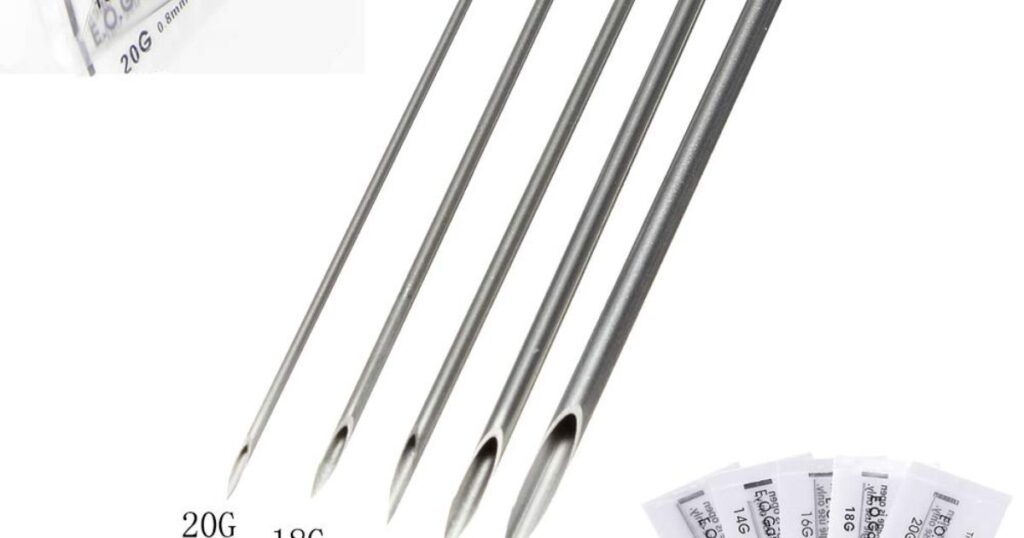
Choosing the right needle size for a nose piercing is crucial for a safe and comfortable experience. Typically, a 20 or 18 gauge needle is recommended for nose piercings. These sizes strike a balance between being large enough to accommodate the jewelry while minimizing discomfort during the piercing process.
A smaller gauge, such as 20, is suitable for thinner nostrils or delicate piercings, while an 18 gauge needle may be preferred for a slightly larger piercing. Ultimately, consulting with a professional piercer is the best way to determine the ideal needle size based on your individual anatomy and desired outcome.
How To Reopen A Closed Nose Piercing At Home
If you’ve had a nose piercing before but it closed up, reopening it at home is possible with some patience and care. First, gently clean the area around your old piercing with a saline solution or warm water and mild soap. Then, use a sterile needle or a piercing taper to carefully reopen the hole.
Afterwards, insert jewelry into the piercing, making sure it’s clean and made of a suitable material like surgical steel or titanium. Avoid forcing the jewelry and be gentle to prevent any damage or discomfort. Remember to clean the piercing regularly and monitor it for signs of infection as it heals. If you encounter any difficulties or concerns, it’s best to seek advice from a professional piercer.
FAQ,s
Can you safely pierce your own nose?
Piercing your own nose can be risky and is not recommended due to the potential for complications such as infection or improper placement.
Does piercing your nose yourself hurt?
Yes, piercing your nose yourself can be painful, as it involves puncturing the skin and cartilage.
Can I pierce my nose with a hoop?
Yes, you can pierce your nose with a hoop, but it’s important to consult a professional piercer to ensure proper placement and technique.
Are nose piercings haram?
Nose piercings are considered haram (forbidden) by some Islamic scholars, while others may interpret them as permissible depending on cultural and religious perspectives.
Conclusion
Whether you’re considering piercing your nose for the first time, reopening a closed piercing, or pondering its religious implications, it’s essential to prioritize your safety and well-being above all else. DIY piercing can be tempting, but it comes with risks, and seeking professional assistance is always advisable. Additionally, cultural and religious beliefs may play a significant role in your decision-making process, so it’s crucial to respect and understand various perspectives.
Nose piercings, like any form of body modification, are a personal choice. Whether for fashion, tradition, or self-expression, what matters most is that you make informed decisions and prioritize your health throughout the journey. So, whether you choose to adorn your nose with a sparkling stud or opt to embrace its natural state, let your decision be one that empowers and brings you joy.
